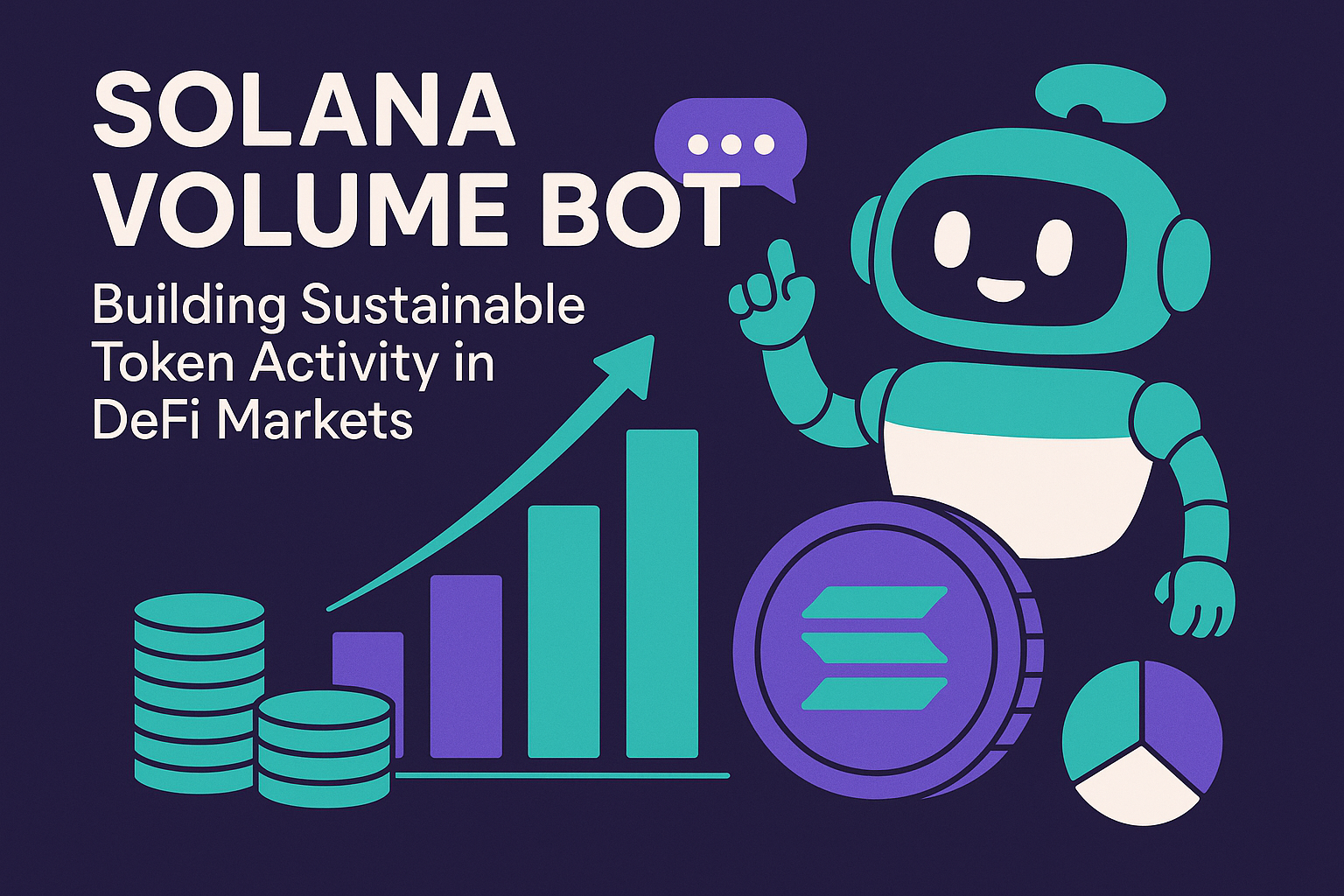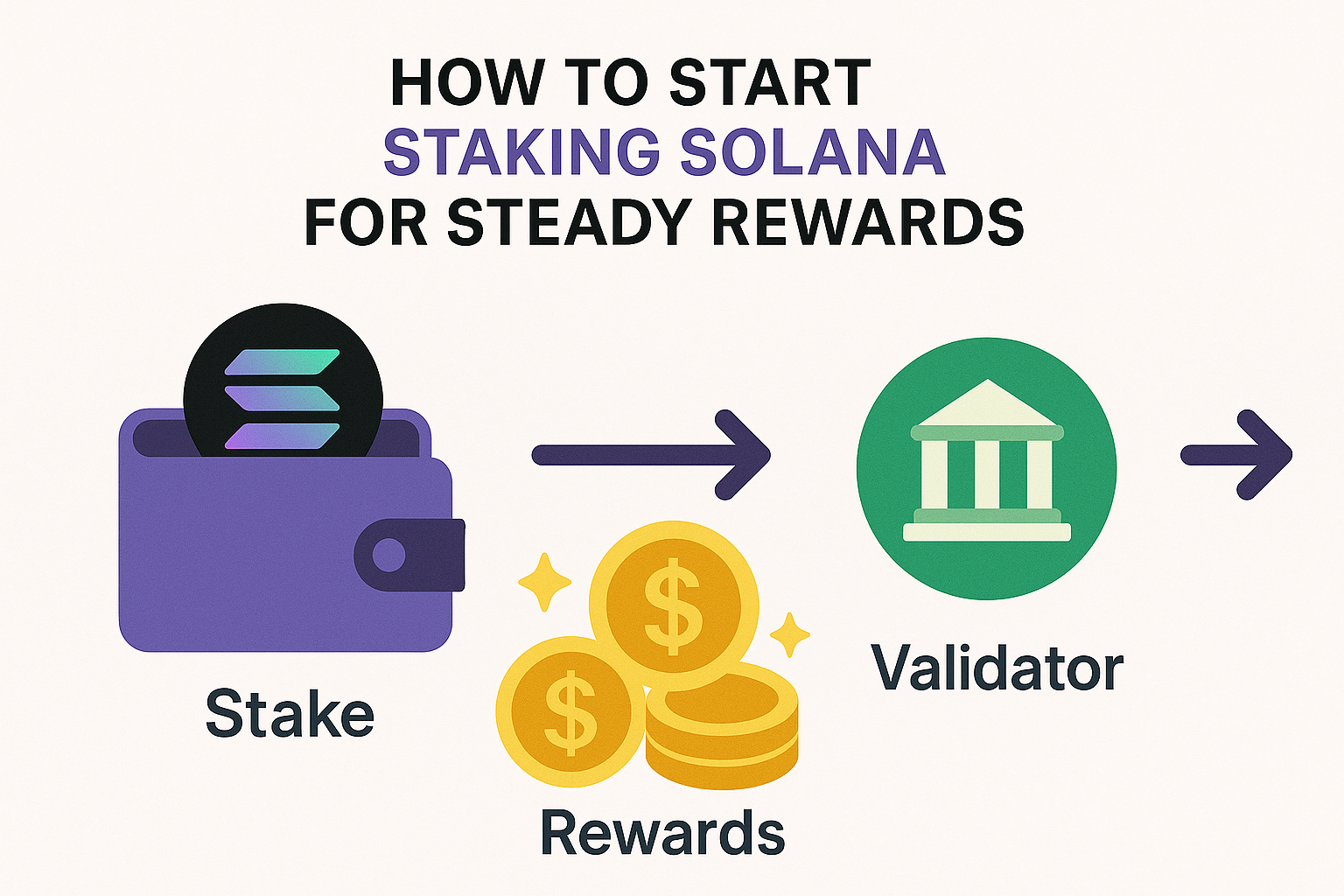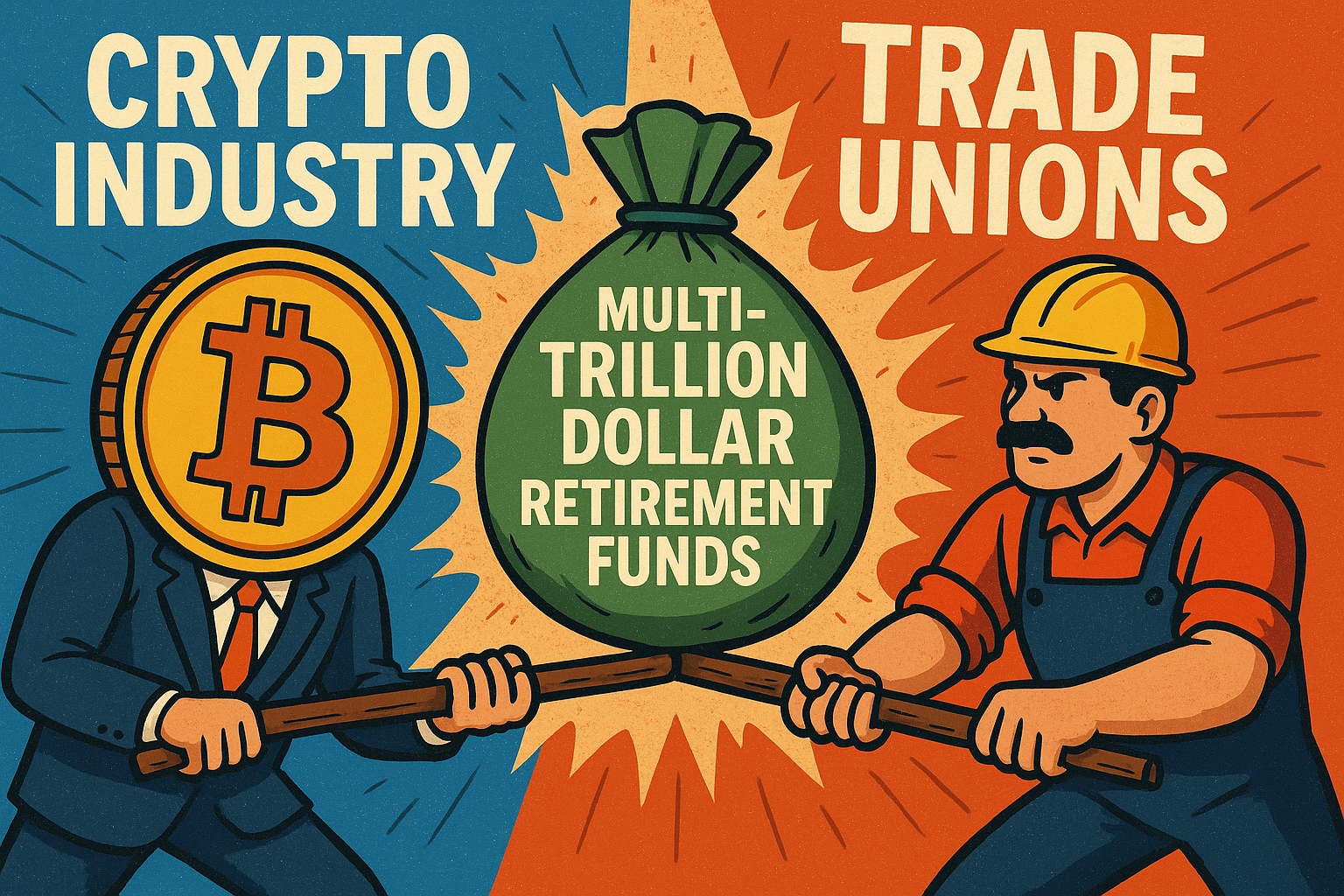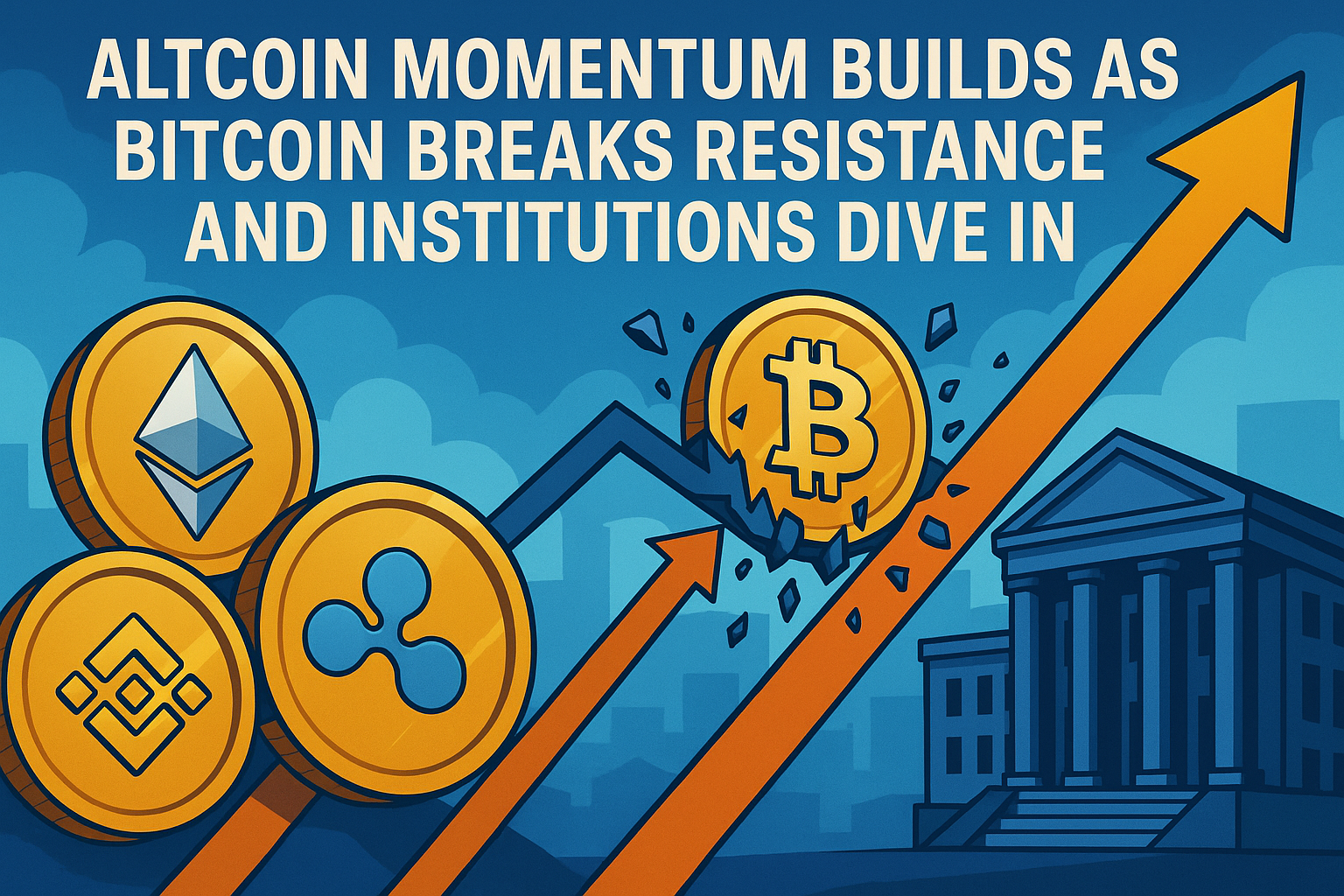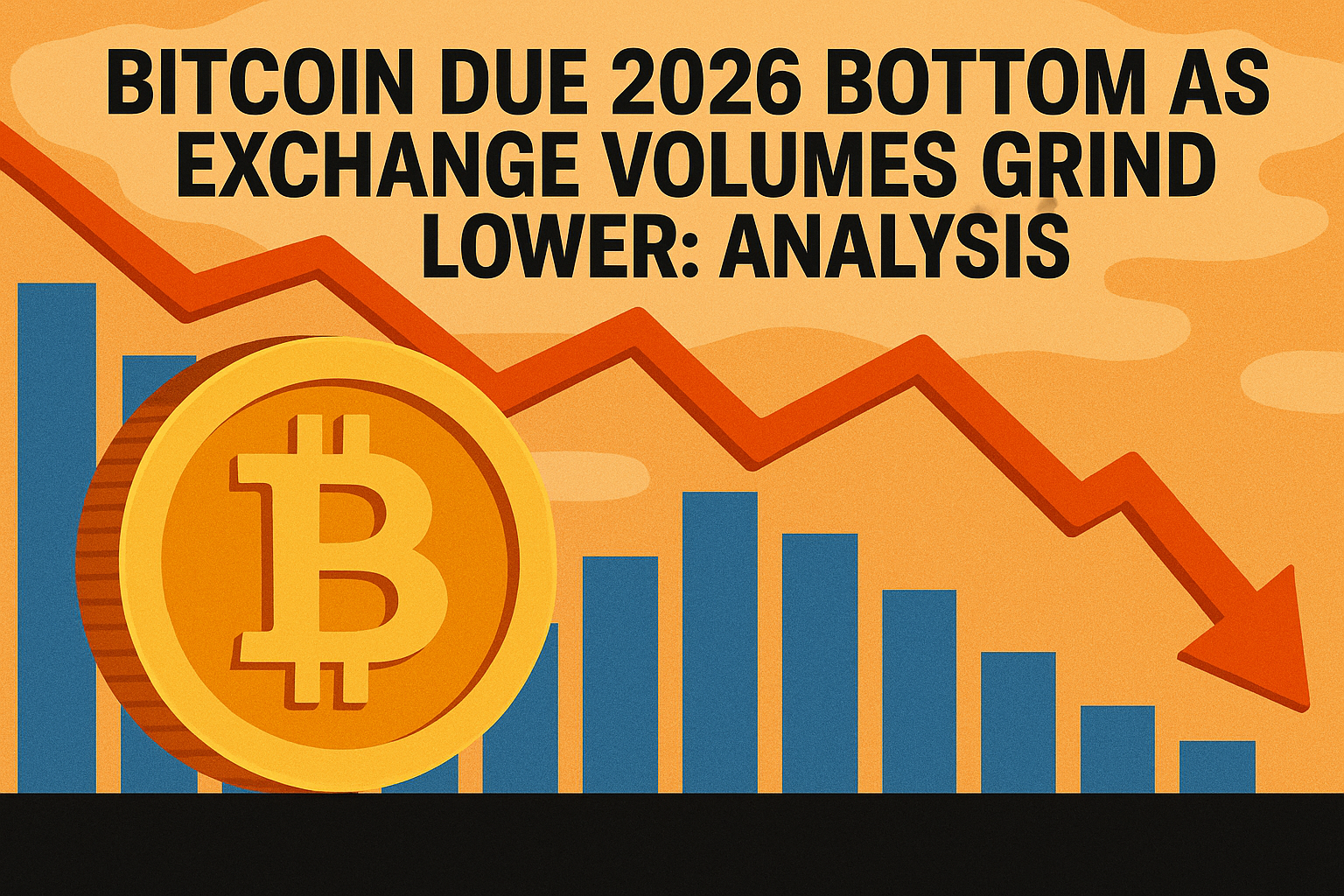Table of Contents
Is Solana’s Price Still a Long-Term Bet for Crypto Investors?
In the fast-paced world of cryptocurrency, staying updated on market movements is more critical than ever for those interested in investing in cryptocurrency. Solana (SOL), renowned for its lightning-fast transaction speeds and low fees, has been a top choice for crypto investors looking for the best crypto to invest in. However, recent developments—such as a 30% drop in its weekly DApp volumes—have raised questions about the sustainability of its price at the $180 mark. Understanding these trends can equip both new and seasoned investors to make informed decisions about their portfolio.
Solana’s Price Trends: Can Bulls Stay in Control?
Over the course of 2023, Solana experienced a meteoric rise, solidifying its position as a leader among Layer-1 blockchains. Yet, the price is now stabilizing around $180—a psychological and technical support line. With growing concerns over broader crypto market conditions, including Bitcoin’s sideways momentum and macroeconomic challenges, Solana is under pressure. Maintaining clarity on price levels is pivotal for anyone trying to determine the best crypto to invest in during uncertain markets.
For investors, $180 offers an opportunity to watch for buying dips, provided Solana’s ecosystem shows signs of recovery or bullish news surfaces. However, if this support gives way, the price could spiral lower, testing the $150-$160 range. Keeping an eye on trading volumes and market sentiment is essential to gauge whether this decline is a short-term blip or a more drawn-out correction.
Impact of Declining Weekly DApp Volumes
Solana’s ecosystem depends heavily on decentralized applications (DApps) to drive user engagement and network utility. These applications power some of the most transformative industries, including NFTs, DeFi, and blockchain gaming. So, a notable 30% drop in weekly DApp volumes isn’t just a statistic—it’s a red flag for network activity and token demand.
Why Are DApp Volumes Declining?
The reasons for this drop vary, ranging from market-wide cool-downs to increased competition from other networks like Ethereum and Binance Smart Chain (BSC). This decline also raises concerns over the strength of Solana’s developer ecosystem, as shrinking network activity can reduce both innovation and user retention.
Should Investors Be Worried?
Lower DApp activity directly impacts Solana’s short-term price potential by reducing network utility. However, it also presents an opportunity for crypto investors to use DApp activity as a leading indicator for broader ecosystem health. A bounce in weekly volumes combined with new project launches could signal a turnaround, while sustained declines might hint at continued bearish momentum.
Broader Market Factors Influencing Solana
Solana’s challenges don’t exist in isolation. The cryptocurrency market as a whole faces ongoing headwinds, including regulatory uncertainty and market corrections. For investors weighing their options on which cryptocurrency to invest in, it’s crucial to consider the ripple effects of these wider issues.
Key Market Influencers
- Bitcoin’s Performance: As Bitcoin remains the benchmark for the entire crypto market, its movements inevitably impact altcoins like SOL. A sustained dip in Bitcoin often magnifies downturns among smaller assets.
- Regulatory Policies: Tightening government regulations, particularly around DeFi and NFTs, pose direct challenges to Solana’s network growth.
- Liquidity and Sentiment: Reduced liquidity, coupled with declining crypto-specific sentiment, can lead to heightened volatility. Tools like the crypto fear and greed index provide valuable insights into market emotions driving these trends.
As an investor, adopting a balanced approach like dollar-cost averaging (DCA) and diversifying your portfolio into stablecoins during volatile phases can mitigate risks while maintaining exposure to Solana’s potential long-term growth.
Competitive Landscape: Solana vs. Other Layer-1 Chains
The blockchain space is becoming increasingly competitive. Solana is up against heavyweights like Ethereum (ETH), BSC, and Avalanche (AVAX), all of which are vying for the same user base and developer interest. Solana’s unique advantages—scalability and low fees—keep it in the race, but these competitors are quickly closing the gap.
For example, Ethereum’s ongoing upgrades via Ethereum 2.0 are reducing transaction costs and improving speed, eroding some of Solana’s competitive edge. Meanwhile, Avalanche and BSC continue to attract developers diversifying ecosystems. Diversifying across multiple Layer-1 chains, instead of relying solely on Solana, is advisable for investors seeking the best cryptocurrency investment options in this space.
Conclusion: Should Solana Still Be on Your Watchlist?
The recent decline in Solana’s DApp activity is a cause for concern, but it doesn’t entirely overshadow the blockchain’s long-term potential. As with any asset in the cryptocurrency sector, patience and strategy are critical. If Solana’s ecosystem can bounce back with new projects, partnerships, and an uptick in overall network use, it has the potential to reclaim its position as one of the best crypto investments available.
Whether you’re a seasoned crypto investor or exploring the best cryptocurrency to invest in now, staying informed about price trends, developer activity, and broader market dynamics is key. For the time being, all eyes remain on the $180 mark—a crucial level that could determine Solana’s short-term trajectory.

